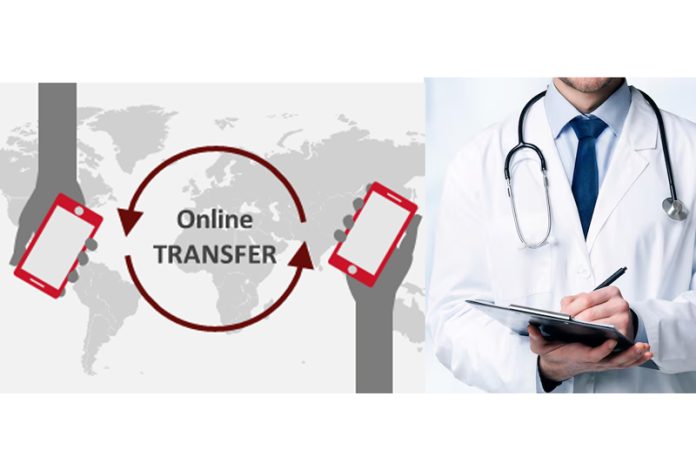The upcoming launch of an online portal for transfers and postings in the Health & Medical Education Department of J&K marks a significant milestone in streamlining administrative processes, fostering transparency, and improving access for employees across the region. This progressive move by the H&ME Department addresses long-standing issues related to employee transfers, a concern that has frequently disrupted operations and drawn precious resources away from strategic goals in healthcare. For years, administrative inefficiencies surrounding transfer requests have consumed valuable time and resources. With frequent visits from doctors, nurses, paramedics, and other officials to the Civil Secretariat in Jammu and Srinagar, the H&ME Department has faced continuous distractions from its primary focus: enhancing patient care and medical education. The introduction of an online system could be a game-changer for health administration in Jammu and Kashmir and possibly set an example for other departments in the region.
The initiative to create a dedicated Human Resources Portal underscores the H&ME Department’s intent to refocus on broader, mission-orientated goals while reducing bureaucratic congestion. By enabling Health Department employees to submit their transfer and deputation requests online, the new system will minimise the need for in-person visits. This reduction in foot traffic to the Civil Secretariat will free up departmental personnel to concentrate on policy development and other strategic initiatives. This move is also likely to boost employees’ morale, as they will no longer need to physically visit administrative offices to resolve their postings, which is particularly advantageous for employees in remote or underserved areas. The decision to accept transfer requests via email until the portal’s launch also reflects the department’s intent to implement the transition smoothly and without disruption.
Transparency is a critical element of any effective transfer policy. For years, Government employees have faced opaque processes and unclear decisions regarding transfers, leading to perceptions of favouritism and inefficiency. The new online system promises to change this by establishing clear protocols for submitting, processing, and tracking requests. This level of transparency can not only help demystify the transfer process but also instil greater trust between employees and the administration. A digital platform that keeps employees informed about the status of their applications and provides updates can make a significant difference in building an accountable and participative environment.
As per an earlier GAD order, transfers are typically conducted in April each year, with specific exceptions for teaching staff and transfers to Ladakh. By setting a clear period for transfer requests, the Department seeks to prevent uncoordinated, ad-hoc requests that disrupt workflow and introduce administrative delays. Further, with the clarification that requests made outside the designated period will be considered invalid and might even lead to disciplinary action, employees will be encouraged to follow the set protocol and understand the importance of an organised approach.
It is also worth noting that while digital systems can streamline administration, they require adequate infrastructure and training to be effective. In a region like Jammu and Kashmir, with varied connectivity levels and digital literacy, rolling out an HR portal will require careful implementation. The department must ensure that the platform is user-friendly, easily accessible, and supported by technical assistance so that all employees, regardless of their location or digital proficiency, can utilise it effectively. Additionally, attention should be paid to data privacy and cyber-security; sensitive employee information must be safeguarded against breaches or misuse.
However, the benefits of this portal extend beyond administrative convenience. A streamlined transfer system can play a pivotal role in improving healthcare delivery in the region. By ensuring that medical professionals are placed where they are most needed with minimal bureaucratic delay, the department can create a more balanced and responsive workforce distribution. Though a timeline has not been set yet, the initiative can be a milestone when implemented.
Trending Now
E-Paper


